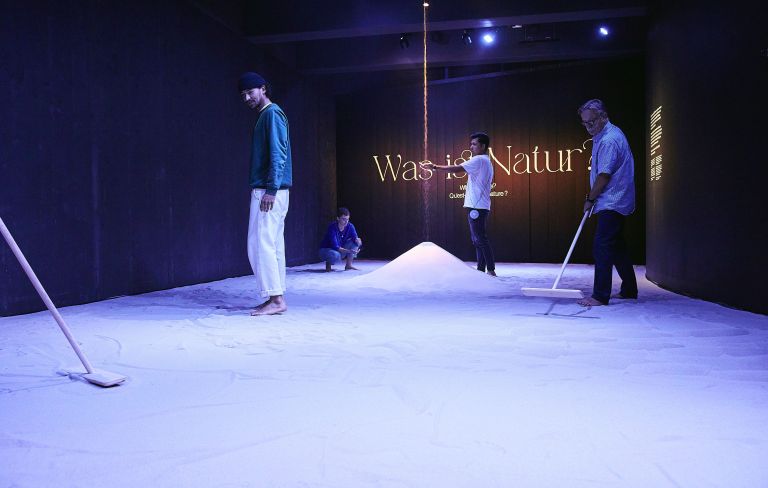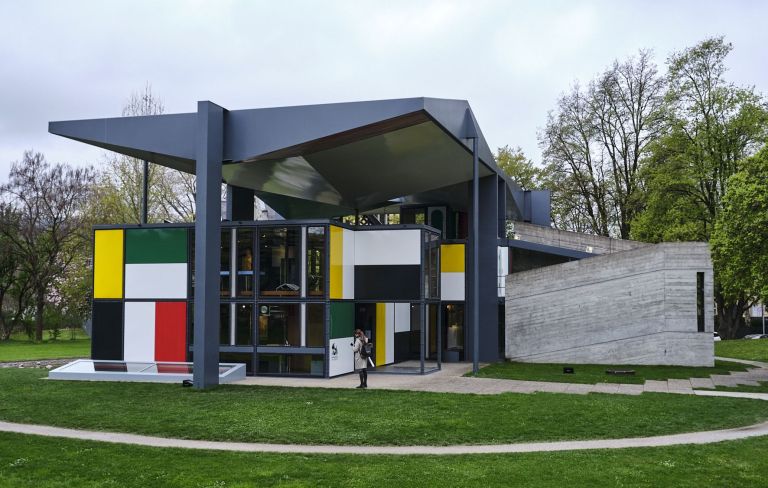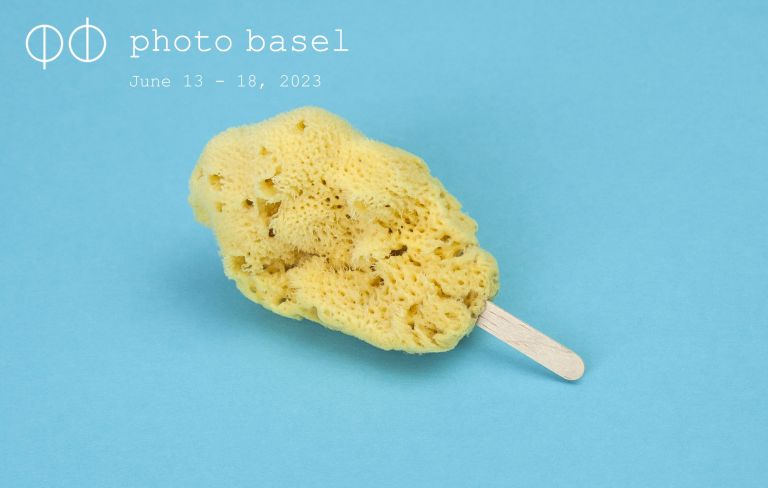Until 26 January 2025, the Fondation Beyeler in Riehen presents the first Henri Matisse retrospective in Switzerland and the German-speaking world in almost 20 years. With more than 70 significant works on loan from prestigious European and American museums and private collections, the exhibition highlights the development and range of the artist’s pioneering oeuvre. It takes as itsstarting point Charles Baudelaire’s famous poem Invitation to the Voyage, which features several key themes also found in Matisse’s works. The terms abundance, tranquillity and pleasure (‘luxe, calme et volupté’), which appear as poetic leitmotifs in the poem, can be found as guiding principles in Matisse’s work and summarise the quintessence of his art. Following Baudelaire’s poem, the exhibition at the Fondation Beyeler thus also invites visitors on a journey through Matisse’s oeuvre, in which travelling played an important role.

HENRI MATISSE, LUXE, CALME ET VOLUPTÉ, 1904; Oil on canvas, 98.5 x 118.5 cm; Musée national d’art moderne, Centre Pompidou, Paris, Dation, 1982, Depositum iin the Musée d‘Orsay, 1985; © Succession H. Matisse / 2024, ProLitteris, Zurich; Photo: © RMN-Grand Palais (musée d‘Orsay) / Hervé Lewandowski
Henri Matisse (1869–1954) ranks among the most celebrated exponents of modern art. His groundbreaking work has profoundly influenced generations of artists, from his contemporaries up to the present day. In freeing colour from its representational function and in simplifying forms, he redefined painting and imbued art with hitherto unknown lightness. Matisse was also an innovator in the realm of sculpture, and in his late cut-outs he devised a distinctive interplay of painting, drawing and sculpture.
![HENRI MATISSE, GRAND NU COUCHÉ (NU ROSE) [GROSSER LIEGENDER AKT (ROSAFARBENER AKT)], 1935Öl auf Leinwand, 66.4 x 93.3 cm The Baltimore Museum of Art, The Cone Collection, gegründet von Dr. Claribel Cone und Etta Cone, Baltimore, Maryland, 1950 © Succession H. Matisse / 2024, ProLitteris, Zurich Foto: Mitro Hood](https://www.wuw.ch/app/uploads/2024/10/Matisse_Large_Reclining_Nude_BMA_LAC_300x211mm-1024x722.jpg)
HENRI MATISSE, GRAND NU COUCHÉ (NU ROSE) [LARGE RECLINING NUDE (PINK NUDE)], 1935
Oil on Canvas, 66.4 x 93.3 cm; The Baltimore Museum of Art, The Cone Collection, founded by Dr. Claribel Cone and Etta Cone, Baltimore, Maryland, 1950; © Succession H. Matisse / 2024, ProLitteris, Zurich; Photo: Mitro Hood
The exhibition spans the full range of the artist’s career. Beginning with the early works produced around 1900, it moves on to the revolutionary paintings of Fauvism and the experimental works of the 1910s, the sensual paintings of the Nice period and the 1930s, before culminating in the legendary late cut-outs of the 1940s and 1950s.

HENRI MATISSE, BAIGNEUSES À LA TORTUE (BATHER WITH TURTLE), 1907-08; Oil on Canvas, 181.6 x 221 cm; Saint Louis Art Museum, Donation Mr. and Mrs. Joseph Pulitzer Jr.; © Succession H. Matisse / 2024; ProLitteris, Zurich; Photo: Saint Louis Art Museum
Curated by Raphaël Bouvier, the exhibition brings together iconic as well as seldom displayed works, on loan from renowned museums and private collections. This wealth of significant paintings, sculptures and paper cut-outs will hold up to view the development and the range of Matisse’s unique body of work.

HENRI MATISSE, INTÉRIEUR, BOCAL DE POISSONS ROUGES (INTERIOR WITH GOLDFISH BOWL), 1914
Oil on Canvas, 147 x 97 cm; Musée national d’art moderne, Centre Pompidou, Paris, Legacy of the Baronne Eva Gourgaud, 1965: © Succession H. Matisse / 2024, ProLitteris, Zurich; Photo: © Centre Pompidou, MNAM-CCI, Dist. RMN-Grand Palais / Philippe Migeat
Matisse was driven to ever new travels by his quest for the ideal light. Having grown up in northern France, he initially found it in his country’s Mediterranean South, before carrying on with his explorations in Italy, Spain and North Africa, then on a journey across the United States begun in New York, and finally in the South Pacific. On his many journeys within and beyond Europe, which also led him to Russia, he encountered new natural environments, cultures and pictorial traditions, which he blended into his own work. Travelling and the multiple experiences of light it brought were decisive drivers of Matisse’s artistic development, from his revolutionary early Fauvist works to his iconic late paper cut-outs.

HENRI MATISSE, INTÉRIEUR AU PHONOGRAPHE (INTERIOR WITH GRAMOPHONE), 1924; Oil on Canvas, 100.5 x 80 cm; Pinacoteca Agnelli, Turin; © Succession H. Matisse / 2024; ProLitteris, Zurich; Photo: Pinacoteca Giovanni e Marella Agnelli, Turin
The experience of travelling and the studio as workplace thus formed the two poles between which Matisse’s artistic practice unfolded. His life and his work were shaped by the constant interplay of journeying in France and abroad and settling down in various places of work. The experiences, memories and objects collected over the course of his travels are as central a theme in his work as is the studio as the site of artistic production. The open window is a recurring motif in Matisse’s work. As a locus of articulation between the interior and the exterior, between a nearby here and a faraway yonder, it gives expression to the coexistence of settledness at home and transient travelling. In its symbolic dimension, the open window in particular operates as a form of «invitation to the voyage».

HENRI MATISSE, INTÉRIEUR À LA FOUGÈRE NOIRE (INTERIOR WITH BLACK FERN), 1948; Oil on canvas, 116.5 x 89.5 cm; Fondation Beyeler, Riehen/Basel, Sammlung Beyeler; © Succession H. Matisse / 2024, ProLitteris, Zurich; Photo: Robert Bayer
In a multimedia space conceived specially for the exhibition, Matisse’s travels are made vivid through animated historical photographs and wall panels. Photographs and films further provide insights into his studios and his creative process.
A richly illustrated exhibition catalogue, edited by Raphaël Bouvier for the Fondation Beyeler and designed by Bonbon, Zurich, is published by Hatje Cantz Verlag, Berlin. Several authors have contributed to the scholarly relevance of the catalogue.


